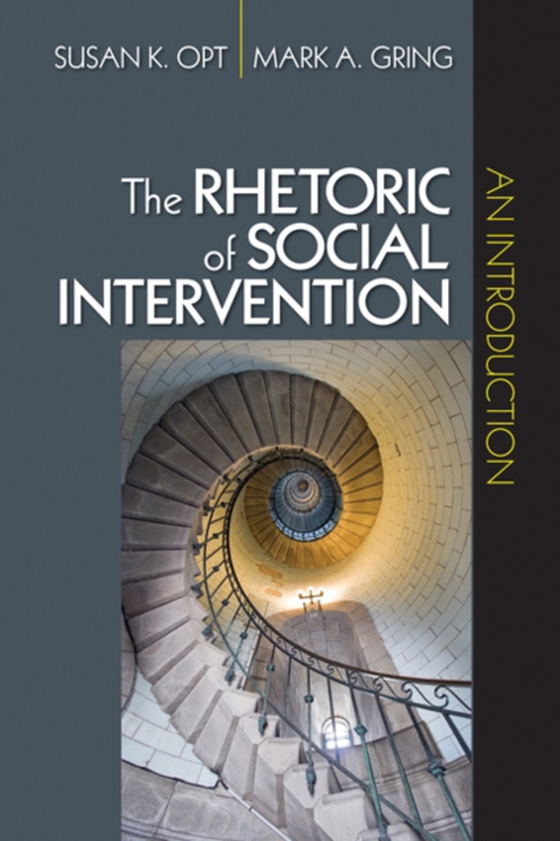
Rhetoric of Social Intervention e-bog
583,01 DKK
(inkl. moms 728,76 DKK)
Authors Susan Opt and Mark Gring present the first-ever thorough exploration and discussion of the rhetoric of social intervention model [RSI] (initially conceived by rhetorical theorist William R. Brown) for today's students, scholars, and professionals. This unique communication-based model, compatible with traditional and non-traditional critical approaches, provides readers with a systemic ...
E-bog
583,01 DKK
Forlag
SAGE Publications, Inc
Udgivet
22 august 2008
Længde
280 sider
Genrer
Communication studies
Sprog
English
Format
pdf
Beskyttelse
LCP
ISBN
9781452215235
Authors Susan Opt and Mark Gring present the first-ever thorough exploration and discussion of the rhetoric of social intervention model [RSI] (initially conceived by rhetorical theorist William R. Brown) for today's students, scholars, and professionals. This unique communication-based model, compatible with traditional and non-traditional critical approaches, provides readers with a systemic framework for interpreting, analyzing, critiquing, and intervening in social and cultural change from a rhetorical perspective. It offers an easily accessible tool for critically reflecting upon the ongoing process of rhetorical intervention in people's interpretations of needs, relationships, and worldview. Readers will learn to use the RSI model to (1) reflect on their own symbolic natures, (2) identify rhetorical trends that generate social change, (3) critique social interventions, (4) initiate social interventions, and (5) anticipate the side effects of interventional choices. The Rhetoric of Social Intervention: An Introduction includes these key features: A detailed, step-by-step approach to help readers develop their skills in analyzing the communication patterns of social interventions and writing their analysis as a critical essayExamples and exercises to promote an interactive, transformative learning environment and encourage the development of critical thinking skills Service learning activities in every chapter that can be completed as individual, group, or class projects Review questions, exercises, and an "e;Under the Lens"e; feature in every chapter to help readers deepen their understanding Student and scholar essays that demonstrate the model's critical application Intended Audience: Ideal for advanced undergraduate and graduate courses in Rhetorical Criticism, Rhetorical Theory, Persuasion, Public Address, Social Movements, and Advocacy Communication, the book's focus on criticism as a tool for interpreting social change makes it an excellent supplement for courses in other communication sub-specialties, such as public relations and advertising, and in related disciplines such as marketing, sociology, political science, management, and not-for-profit management. The book also offers communication practitioners a useful guide for the strategic planning of interventions.
 Dansk
Dansk

